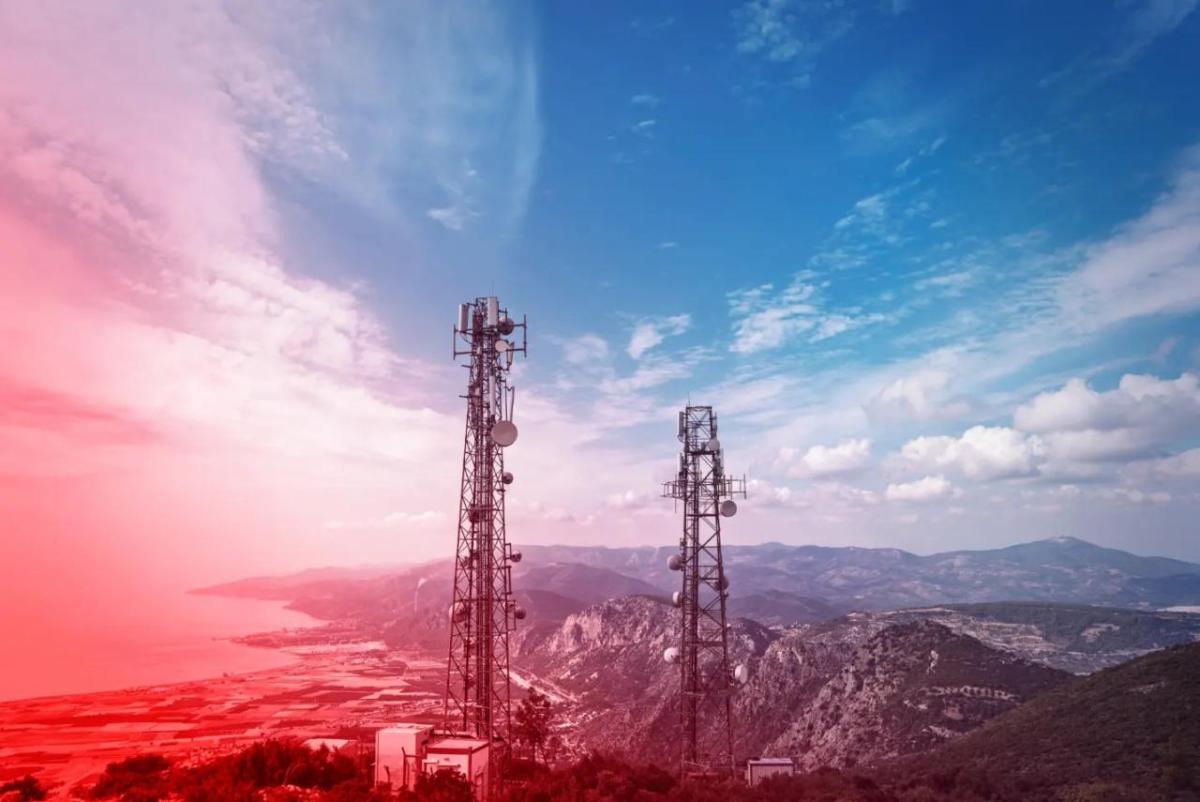Communications Is Connecting Grid Modernization

Matthew Borst, Contributor
Imagine the energy grid as the body’s circulatory system, pumping blood (energy) throughout the body to the parts that require it to remain functioning. Network communications is the nervous system, sending signals back and forth to ensure those same parts are functioning correctly. Those two systems are tied together, ensuring that the energy grid is transmitting and receiving power, identifying any losses, and communicating in real-time to ensure smooth operation. Integrating communications is critical to grid modernization as this shift is reshaping how the world generates, distributes, and consumes electricity.
Grid modernization is focused on transforming the current electrical energy infrastructure to meet the demands of the 21st century and beyond. This change of the grid and energy industry is complex and ongoing. Collaboration between utilities, technology companies, policymakers, and consumers is essential to overcome the challenges and seize the opportunities presented by grid modernization. Key to this transition will be the integration of multiple technologies into the energy grid, including advanced network communications.
History of communications with the energy grid
The first electrical grids were primarily analog systems, with the only communications available being analog signals being sent over phone lines or dedicated circuits. This severely limited the monitoring and control functionality of the grid, but changed with the introduction of digital computer systems in the 1970s. Supervisory Control and Data Acquisition (SCADA) systems emerged to provide centralized control using digital signals to collect data from remote locations. SCADA continued to develop throughout the late 20th century, incorporating more advanced data analysis and control algorithms, but they remained primarily closed systems with limited connectivity to external networks.
The concept of the smart grid emerged in the early 2000s, driven by the need for greater system efficiency, reliability, and early integration of renewable energy sources. Utilities began to invest in high-speed communication networks to connect their entire grid infrastructure. The deployment of smart meters began to enable two-way communication between utilities and customers. Energy providers analyzed this new wave of data collected from the grid to improve system operations, optimize energy usage, and enhance grid resilience.
Grid modernization is taking network communications integration to another level to further improve the advancements in grid monitoring and control. The energy grid has evolved into a complex cyber-physical system, where physical components are tightly integrated with digital systems. More devices are connected to the grid than ever before, and with that comes increased demand for network stability and security. Being able to communicate throughout this complex energy grid is critical to system advancement moving forward.
Advanced network communications in grid modernization
Network communications is driving grid transformation. Some of the latest advancements include:
- 5G and Long-Term Evolution (LTE) private networks: 5G offers significantly improved data transfer speeds and reduced latency, essential for real-time grid operations monitoring and control. LTE-based private networks are dedicated networks that provide secure and reliable communication for critical grid infrastructure, especially in remote areas.
- Advanced metering infrastructure (AMI): AMI systems enable bidirectional communication and energy flow between end users and the grid, allowing utilities to remotely control devices and gather more detailed usage data. AMI is also enabling the integration of renewable and distributed energy resources (DER) into the grid—helping optimize system output and balancing grid load.
- Fiber optic networks: Fiber optics provide high-capacity, low-latency communication, which is essential for handling the large volumes of real-time data generated by smart grid devices for faster responses to outages, load balancing, and grid restoration efforts. Fiber optic cables also improve network resilience as they are less susceptible to electromagnetic interference (EMI) and physical damage.
- Internet-of-things (IoT) and edge computing: IoT devices and edge computing enable real-time data collection and analysis at the network edge, improving grid efficiency and responsiveness. By analyzing data from grid sensors, utilities can predict equipment failures and optimize maintenance schedules.
- Artificial intelligence (AI) and machine learning (ML): Complex AI and ML algorithms are being used to optimize grid operations, improve energy efficiency, and enhance grid resilience. These technologies help utilities manage electricity requirements by analyzing customer consumption patterns and improve system-wide demand planning.
Network communications provide the necessary infrastructure for the grid to become more intelligent, responsive, and sustainable. Real-time monitoring enables utilities to implement demand response programs and promote energy efficiency through real-time analysis and customer engagement.
Benefits and challenges of communications for grid modernization
More advanced network communications is critical in transforming the traditional power grid into a smarter, more resilient, and energy-efficient system. Grid modernization brings numerous benefits to the system and end users alike. Grid reliability and resilience will improve through real-time monitoring, identifying potential issues before they escalate into outages and faster power restoration once an outage occurs. Utilities can also manage load fluctuations more efficiently by communicating with customers to reduce energy consumption.
Another major benefit of communications for grid modernization is enhanced system efficiency and sustainability. Optimizing energy distribution enables efficient allocation of power based on real-time demand and supply conditions. DER usage facilitates the seamless integration of renewable energy sources and energy storage systems into the grid. Other benefits include reduced operational costs, increased revenue opportunities with new business models, and economic growth through the development and deployment of new technologies. The most visible benefit will be an enhanced customer experience through improved grid stability, real-time communication on power outages and restoration efforts, and customer empowerment with energy management tools.
While advanced network communications offer significant benefits for grid modernization, several challenges remain. Technological challenges include system interoperability to ensure seamless usage between devices from various manufacturers. The increased number of devices connected to the power grid also presents security concerns, while handling the increasing volume of data generated by smart grid devices and ensuring low latency remain a work in progress. These communications systems require high investment to install and upgrade into the current network, which may demand a strong return on investment and lead to new pricing models for capital recovery.
The largest hurdles for these advanced communications may be regulatory and customer acceptance. Standardizing communication protocols and data formats while complying with data privacy laws and regulations will be an evolving process. While customers may see the advantage of real-time communication on power outages, they have been resistant to changes in pricing models based on time-of-day energy usage. Addressing these challenges requires collaboration between utilities, technology providers, regulators, standards developers, and customers.
The Road Ahead
The transformation of the grid and energy industry is complex and ongoing. The full potential of advanced network communications for grid modernization can be realized by investing in infrastructure upgrades, developing innovative technologies, and prioritizing cybersecurity. This will ensure the world can create a more resilient, efficient, and sustainable energy grid for the future. Like the nervous system in the body, constant communication is critical to ensuring the body, and energy grid, is functioning properly and optimally.
In the next blog post of the grid modernization series, we will explore energy storage. Bookmark this post and check back again next month for a link to the next blog post. Access the previous blog post on grid modernization.

